SUMMARY
This is AI generated summarization, which may have errors. For context, always refer to the full article.
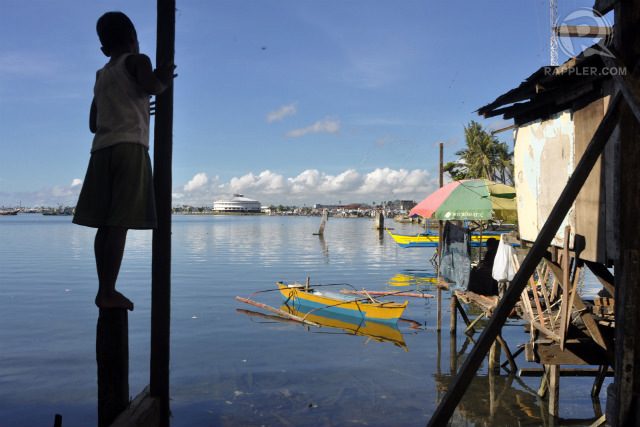
Conclusion
(Read Part 1: ‘Uncooperative’ officials derailing Yolanda rehab?)
MANILA, Philippines – Six months after Yolanda (Haiyan) damaged the Philippines in a way never before seen since World War II, the country faces another disaster: its own rehabilitation efforts.
Blame it not on Rehabilitation Secretary Panfilo Lacson or any other agency, but on a system “designed to fail for massive disasters,” Ateneo School of Government Dean Tony La Viña told Rappler.
“I think we are failing,” La Viña said as the Philippines marks on Thursday, May 8, the 6th month since one of the world’s strongest typhoons killed more than 6,000 people and affected 16 million.
He said while the Philippines has made “some progress,” it needs to improve on the “most important matters” – housing and jobs for Yolanda survivors. (READ: Yolanda survivors after 6 months: Homeless, jobless, hungry)
(Watch the report below)
An environment advocate who leads in climate change negotiations, La Viña added “nobody has paid attention to the next disaster.” He said the exception is Project Noah, a website that warns Filipinos about upcoming storms or floods.
On Wednesday, May 7, a crucial admission by Lacson’s office proves La Viña’s statements true. Lacson’s spokesperson, Karen Jimeno, said the government hasn’t prepared a master rehabilitation plan.
Two things explain the delay: too much bureaucracy and too little authority.
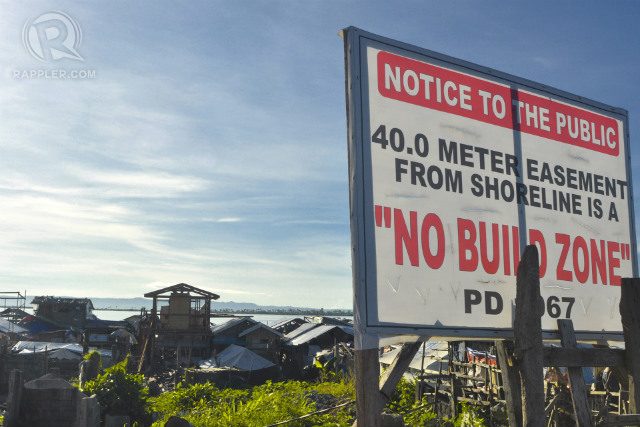
Cause of bottlenecks
In an interview with Rappler, Lacson noted the government is “bound by a provision” by the 4-year-old Philippine Disaster Risk Reduction and Management Act, or Republic Act 10121. He called this a “difficulty.” (READ: NDRRMC: Too many cooks spoil the broth)
He said the law, after all, requires at least 4 more steps before a master rehabilitation plan is produced:
-
For all affected towns and cities to assess the damage, and report this to the Office of Civil Defense (OCD)
-
For the OCD to submit to the Cabinet a post-disaster needs assessment (PDNA), which details the scale of the damage
-
For the Cabinet to vet the PDNA
-
For the President to approve the PDNA
What if a number of towns and cities fail to submit their assessment?
Even if only 7 of them don’t submit it, Lacson said, everything gets affected. The government would have no choice but wait. “Hindi aandar ‘yung buong rehabilitation plan,” he said. (The whole rehabilitation plan wouldn’t move.)
And it’s taking longer than expected. Earlier, Lacson projected that the President could approve the PDNA by April 30, then his office can present to the chief executive the rehabilitation plan in May. Given this schedule, he saw rehabilitation being in “full swing” by around June or July.
None of these has happened – which means rehabilitation could officially begin in August or even much later.
Frustrated about this, Lacson, a former senator, said he will request lawmakers to strike down the provision that requires a PDNA on a national scale. “Kailangan i-localize na lang natin ‘yung PDNA,” he said. (We need to localize the PDNA.)
La Viña said the delay in rehabilitation “is inevitable” because of the system.
“The system is designed for small, localized disasters but not for massive disasters. It’s easy to do a PDNA for a town or a barangay, but not for a whole province or many provinces all at once,” he explained.
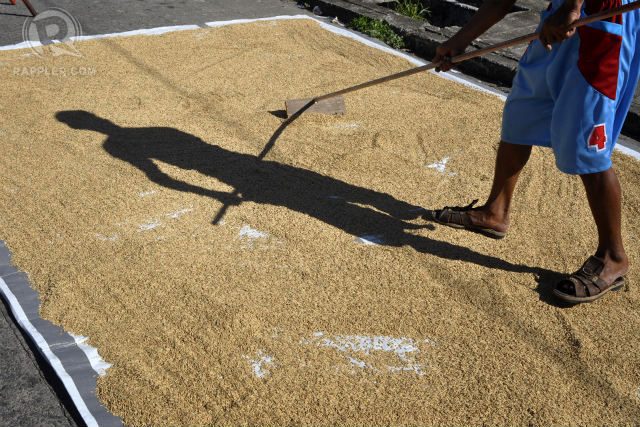
Like an election quick count
Because of the bottleneck caused by the PDNA, Lacson said he came up with “out-of-the-box solutions.” He said it’s like breaking the law, but what can a virtually powerless official do?
One of these is a “bottom-up approach.” While waiting for the PDNA at the national level, his office “went down to local government units (LGUs)” and got their own needs assessments. Anyway, he said, the PDNA that the President will approve will also come from LGUs.
He said his office’s task is like an election quick count. They conduct the quicker, but informal “count,” while waiting for the government to release the official “results.”
“Why wait for the formal or official PDNA when we can do something that will not go against the PDNA?”
Lacson said his office also formed 5 cluster groups “to consolidate the plans and programs of the public sector.” The master rehabilitation plan will include the plans and programs consolidated by the following groups:
-
Infrastructure, led by Public Works Secretary Rogelio Singson
-
Resettlement, led by Vice President Jejomar Binay in his position as chairman of the Housing and Urban Development Coordinating Council
-
Livelihood, led by Trade Secretary Gregory Domingo
-
Social services, led by Social Welfare Secretary Dinky Soliman
-
Support, led by both Budget Secretary Butch Abad and Socioeconomic Planning Secretary Arsenio Balisacan
Here’s the catch: Only Singson’s cluster has submitted its plans and programs.
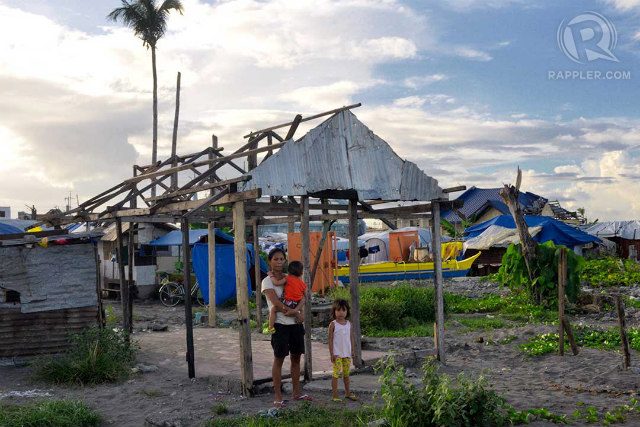
Give Lacson ‘real power’
This lack of cooperation points to another problem: Lacson’s weak authority, as his position has no “legal weight” and gives him no power over the budget.
Lacson complained, for one, about up to 3 Cabinet secretaries whom he described as “incorrigibly uncooperative.” Too bad, he said, that he has “no whip.”
His Indonesian counterpart, Kuntoro Mangkusubroto, also saw this as a weakness.
La Viña said, “I think that we have to cut across the bureaucracy and give Senator Lacson real power.” (READ: After Yolanda: The straight road to recovery.)
“I think that can actually be done by executive order of the President where he delegates to Senator Lacson his oversight powers over the other agencies. But it would be good to pass emergency legislation to create a singular rehab agency that has authority, power, and funds,” he added. (READ: Urgently needed, a new disaster agency)
‘Not Lacson’s fault, but…’
Lawmakers, for their part, slammed the government’s rehabilitation efforts. Senator Francis Escudero said “this lack of urgency to respond is bordering on the criminal already.”
“It’s not Lacson’s fault,” San Juan Representative Ronaldo Zamora said in a congressional hearing Wednesday.
He added however, “It’s his fault in accepting too early the position without finding out what he was getting into.”
Zamora also rejected the idea of Lacson’s office being “an empowered agency.” Unlike what people on the ground think, he said the Office of the Presidential Assistant on Rehabilitation and Recovery (OPARR) doesn’t have “this huge array of funds, of powers, of authorities.”
He said: “If not for Singson, OPARR may end up with no reports at all. That’s what worries me. We’re talking about Yolanda but Yolanda is not the only case we’re touching on in the next few months, years. Sooner or later, we will have to call on OPARR for another new set of calamities and what’s happening here is instructive on how we should proceed.”
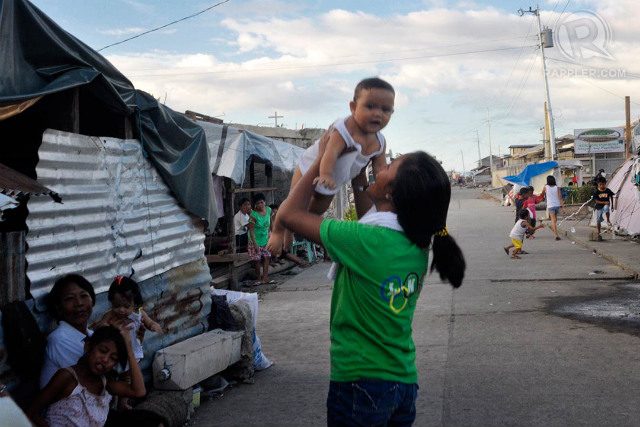
Despite these problems, Lacson defended the rehabilitation efforts. He said his office has found a way, referring to his out-of-the-box solutions and the efforts by mayors and private sponsors. (READ: 9 giant firms to lead Yolanda rehab)
Besides, he said it took 5 months for Indonesia’s Kuntoro to simply accept his appointment. (He got “near-absolute powers” while Lacson ended up as a CEO “without a budget.”)
Lacson took the job a month after Yolanda. Half a year after the disaster, he said, “Ang dami nang nangyayari.” (A lot has been happening.)
Six months after Yolanda, Lacson couldn’t call the rehabilitation “fast.” “Let’s put it this way: We’re right on track.” – Rappler.com
Add a comment
How does this make you feel?
There are no comments yet. Add your comment to start the conversation.